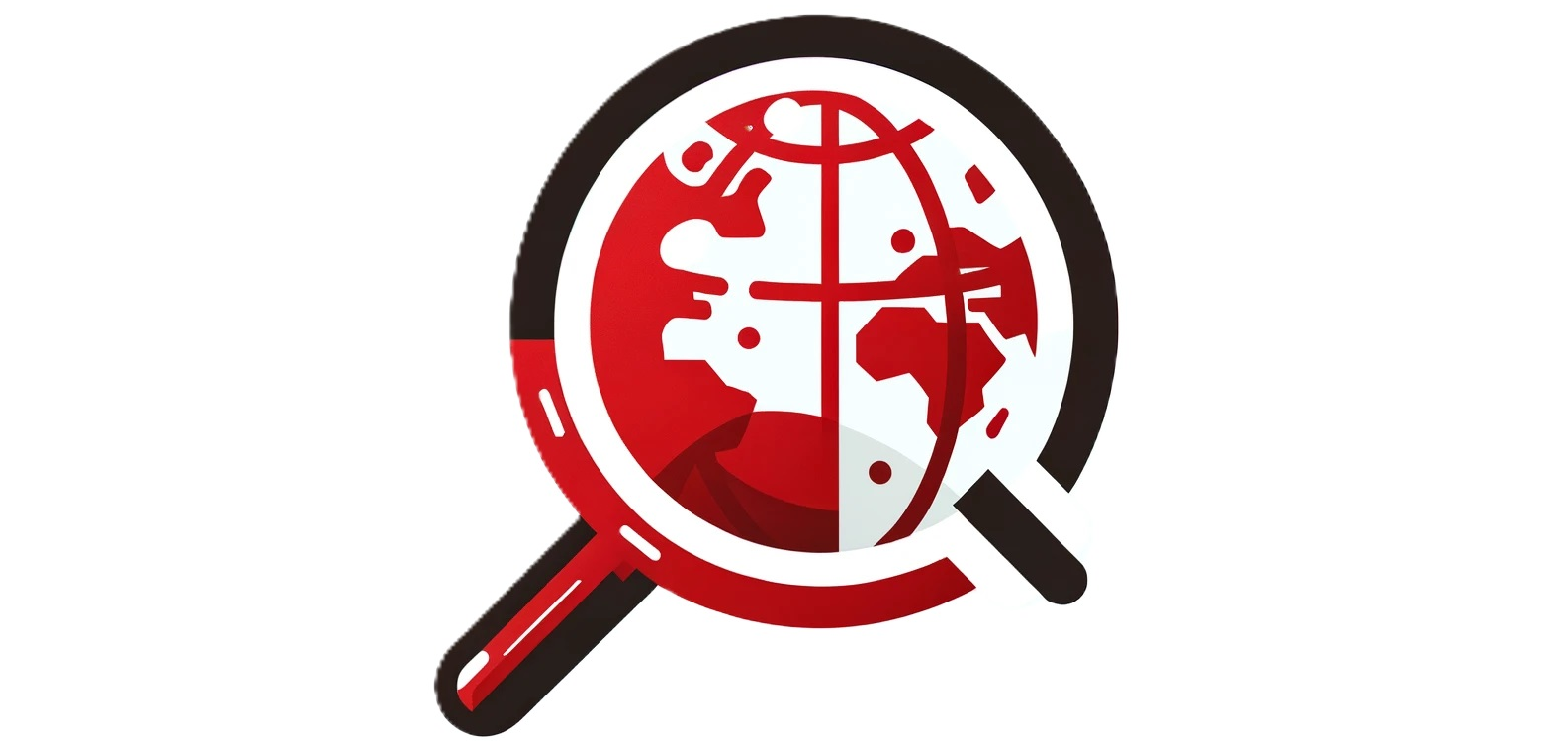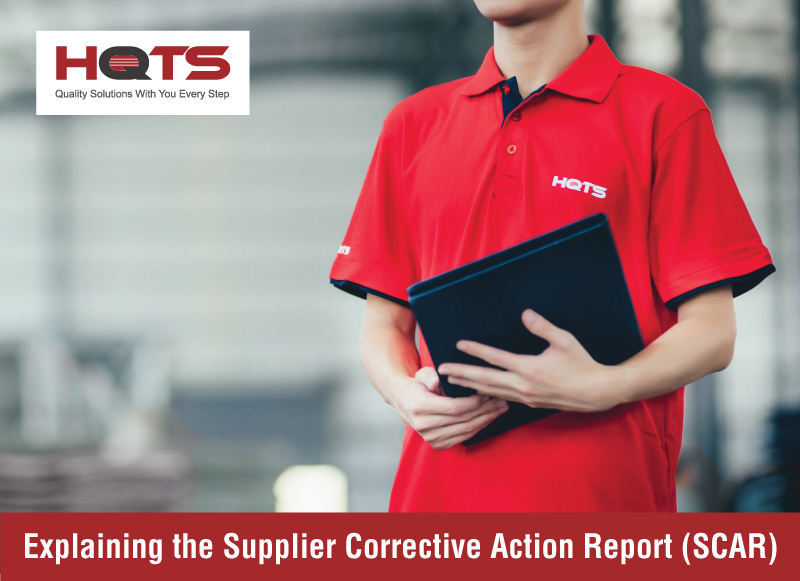Product defects can be catastrophic for an organization’s brand image and supply chain. Because of this, companies must be cautious and properly monitor which third-party suppliers they work with. However, regardless of vetting, errors can occur. The supplier must amend these errors. This is when a SCAR or Supplier Corrective Action Report is needed.
This article will discuss what a supplier corrective action report is, what it includes, and why it is essential to ensure continuous optimization of your supply chain.
What is a Supplier Corrective action report?
A scar or supplier corrective action report is a document that is created to list the issues and defects found within a grouping of products that a third-party supplier has delivered. Within this report, it is also stated that the supplier in their process must investigate what has caused said defects and amend through corrective action before further products can be made.
The document itself contains information regarding:
- Information about which batch the product came from (e.g., the order number/shipping number)
- The details of the product itself, such as the part number and its description
- In-depth information regarding the nature of the defect.
The supplier also adds to this document which gives information:
- Information regarding what was the cause of the defect.
- Action plans for correction of the process to avoid deficiencies.
All of these actions work in tandem to ensure that the root cause of the defect can be found and corrected with haste.
SCAR timeline
When conducting a SCAR, there is a process that is usually followed that allows for a streamlined and effective way to allow for corrective action
This process can be broken down into six steps:
Step 1: Problem Definition
Before beginning a SCAR, the problem must be defined, finding which item or part has caused the defect through testing. This will allow the supplier to have a basis to begin their search into the root cause issue and develop corrective actions against it.
Step 2: containment analysis
Once the problem has been defined, your organization must analyze which group of products have defects to recall or stop them from shipment, containing them until a solution can be reached.
Step 3: Supplier corrective action request issued
Once these immediate problems have been resolved, your organization must produce a SCAR that details the defects and issues of the products, giving a clear indication of the details stated in the above paragraphs. Once this has been completed, it can be sent to the supplier for them to begin investigating the issue.
Step 4: Non-conformance reason determined
Once the SCAR has been completed, the supplier will take the information gathered and begin their investigation. This can include vetting their manufacturing processes and machines to ensure there has been no error in its setup. Once the issue is resolved, they can add it to the SCAR report and communicate it back to the organization in question.
Step 5: corrective reason deployed
When the root cause of the product defect has been found and then communicated to the organization, corrective action must be taken. This includes changing the process to stop the fault from occurring again. As well as this, it is common for suppliers to provide replacement goods free from defects to the client so as not to cause any significant supply chain delays or issues.
It is essential that when working and choosing a supplier, they communicate clearly and timely regarding potential issues and delays within their processes. When developing a SCAR, it is clear that both sides are transparent and aim to give full details of the problems so that a solution may be found rapidly.
Why is a SCAR necessary?
A SCAR has several benefits and can be very important to ensure that if goods do not meet the standard required. Other benefits of implementing a SCAR into your business are:
- Helps to develop a standard process across your suppliers to solve product-related issues effectively.
- Provides reporting and data, which can then be used to measure KPIs and optimize the supply chain process.
- Allows for suppliers’ quality management to find the ones that best suit your organization’s needs.
- It can allow for collaboration between departments, and third-party suppliers will enable relationships to develop and grow.
All of these benefits can assist in rapid and effective damage control. Without it, product lines may be halted or fail quality inspections. This can have a detrimental effect on profits and deadlines.
In conclusion, a supplier corrective action report is an effective and robust way to communicate and solve product-related issues with suppliers, clearly indicating the needs that can be investigated, analyzed, and amended in haste due to the detailed report. Therefore, it is an excellent addition to any product-driven business.
AQM BD has over 25 years of experience with inspection services in industry-leading quality control, including Supplier audits. Focusing on a wide range of services such as supplier audits, functionality testing, and product testing to ensure all goods are of quality and comply with the regulatory body’s requirements.





